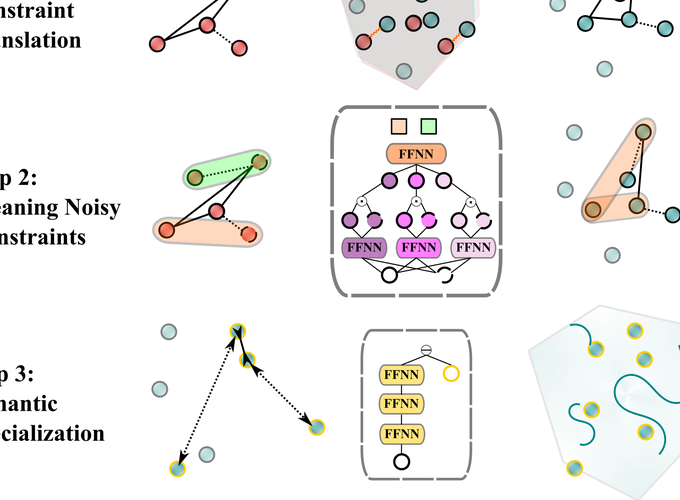Abstract
Semantic specialization integrates structured linguistic knowledge from external resources (such as lexical relations in WordNet) into pretrained distributional vectors in the form of constraints. However, this technique cannot be leveraged in many languages, because their structured external resources are typically incomplete or non-existent. To bridge this gap, we propose a novel method that transfers specialization from a resource-rich source language (English) to virtually any target language. Our specialization transfer comprises two crucial steps: 1) Inducing noisy constraints in the target language through automatic word translation; and 2) Filtering the noisy constraints via a state-of-the-art relation prediction model trained on the source language constraints. This allows us to specialize any set of distributional vectors in the target language with the refined constraints. We prove the effectiveness of our method through intrinsic word similarity evaluation in 8 languages, and with 3 downstream tasks in 5 languages: lexical simplification, dialog state tracking, and semantic textual similarity. The gains over the previous state-of-art specialization methods are substantial and consistent across languages. Our results also suggest that the transfer method is effective even for lexically distant source-target language pairs. Finally, as a by-product, our method produces lists of WordNet-style lexical relations in resource-poor languages.
